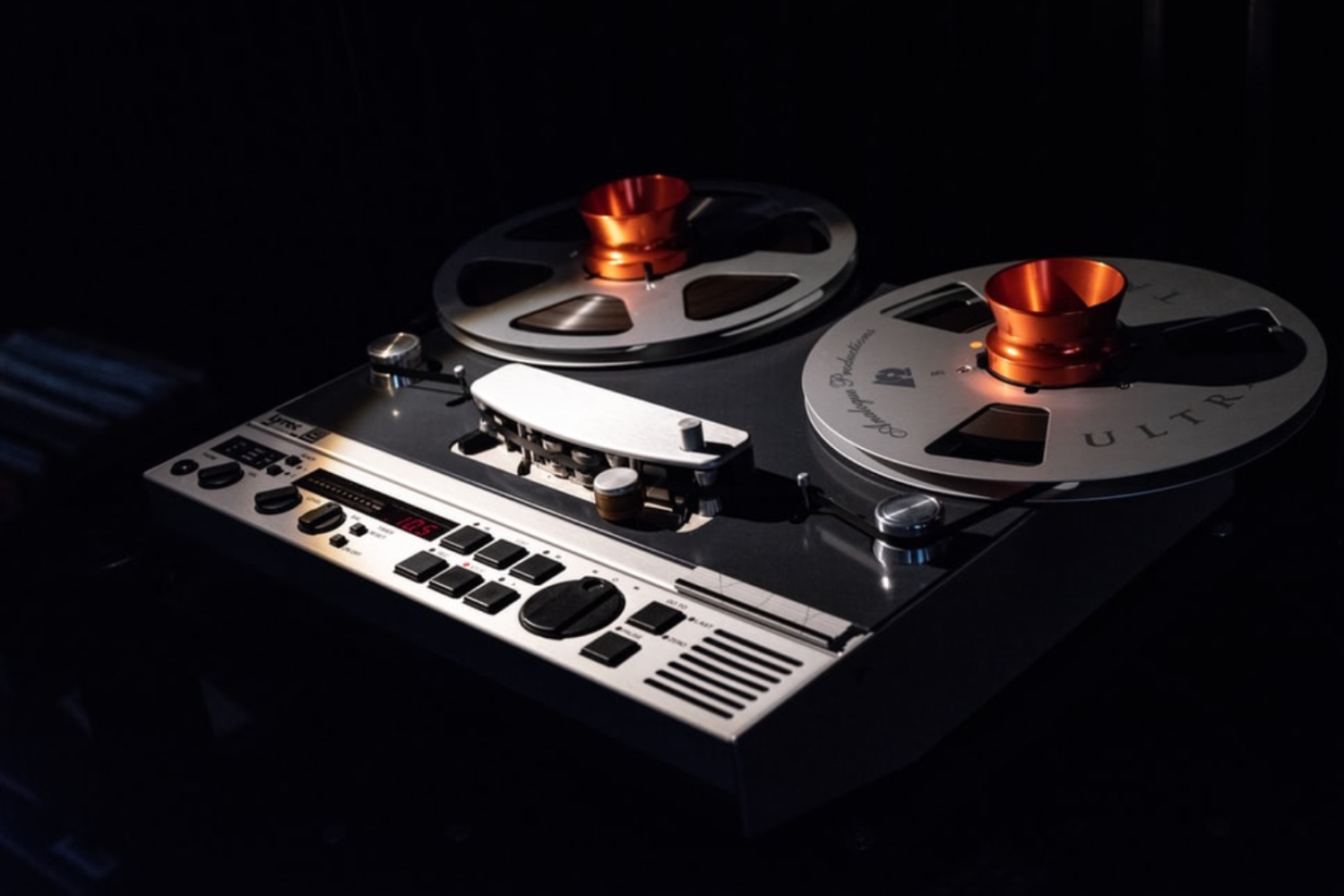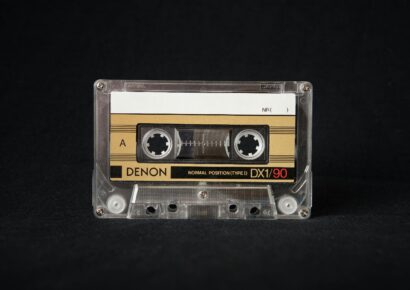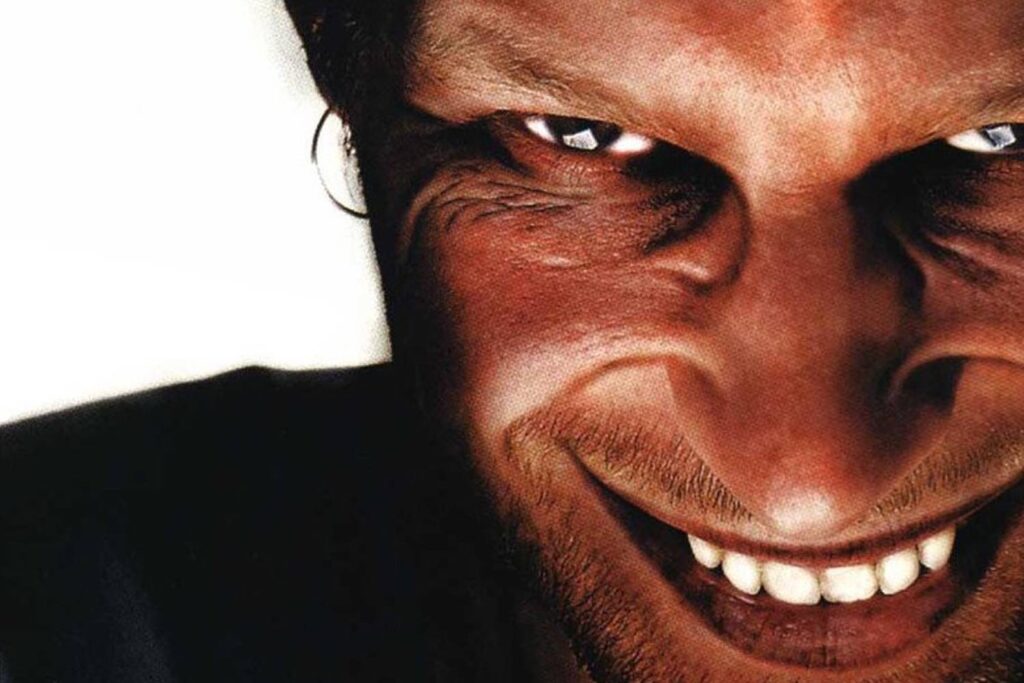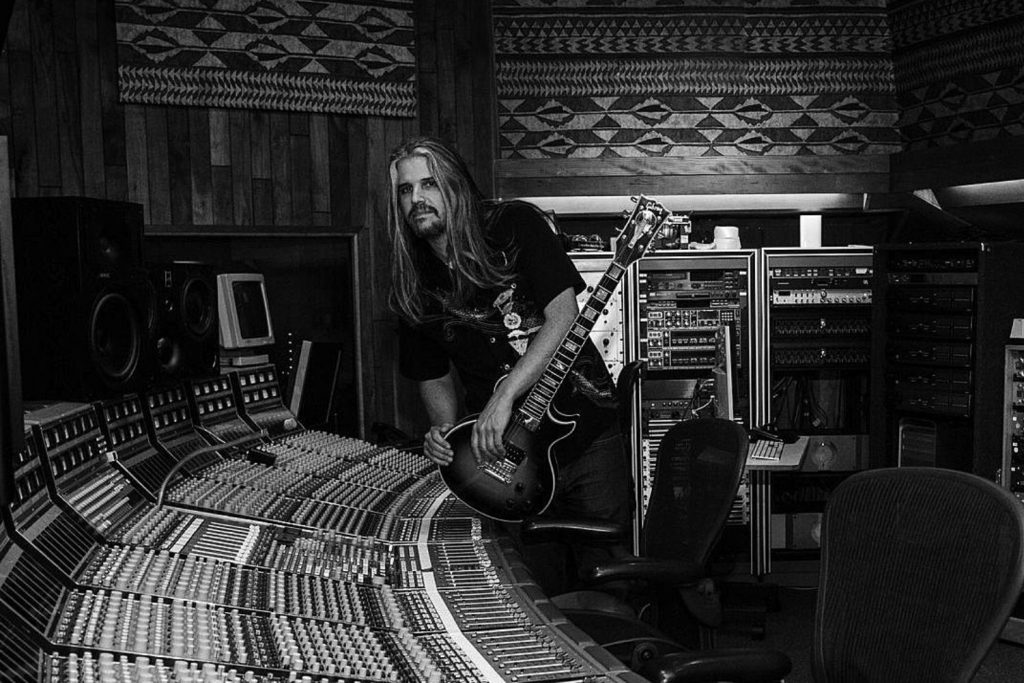Exploring the audio world's fascination with reel-to-reel recording.
Reel-to-reel tape is a really interesting topic in audio, and it’s important to distinguish reel-to-reel from cassette tapes. We’re nostalgic for the sound of reel-to-reel, and people have an electric excitement, even a snooty attitude when they say ‘we recorded to tape’.
So, why do we feel so nostalgic for something that consistently forward thinking technology has largely phased out? What are we missing now, 21 years past the turn of the century, that makes us not only want to return to tape, but also heavily use plugins that emulate tape saturation, hiss and distortion?
Never miss an update – sign up to our newsletter for all the latest news, reviews, features and giveaways.
I’ve heard it said that the only people nostalgic for tape are the people who never had to record with it. By all accounts, tape was and is a nightmare to work with, limiting our ability to edit, splice and comp takes together, as well as being expensive and with a finite life.
What it does offer though, is something harmonically that arguably can’t be re-produced, it offers that last 1% of whatever “magic” you’re missing within a song. The limitations of tape also force us to work in a certain way, often demanding more of artists in their performances because of the un-malleable nature of the edits and mixing processes associated with it.
This in itself produces a different sound than sometimes sterile in-the-box workflows can resolve in. Before jumping into all this, we need to know why tape is the way it is.
Tape machines are, in a nutshell, a way to store recorded music via a magnetic tape reel with a variety of track counts. Once recorded, the audio can be played back and manipulated, edited and mixed. The tape can also be physically cut to fix problems or mistakes, and tape can generally be reused, as re-recording re-organises the magnetic content of the tape.
As with anything physical, tape can eventually wear out and you’d best hope that you’ve captured that magical take, unless you’re U2 in their infamous session during the recording sessions while making Rattle and Hum where, after 260+ takes, the tape simply wore out. While tape is physically finicky, the recording process is a double edged sword, simultaneously requiring attention be paid to distorted tracks, but offering an interesting sound when clipped.
What most people think of as the ‘sound’ of tape is generally a low mid bump, a reasonably low-passed sound, as well as a general uniformity to the sound across all tracks in your mix. Tape distorts in an interesting way, due to the limitation of the track count of the tape and the playback speed, offering more harmonics the harder it is pushed. As a storage medium, Steve Albini of Electrical Audio thinks that tape is unparalleled.
While digital recording is largely the norm, the drives we use to store that digital data are consistently phased out and eventually obsolete. Take FireWire hard drives for example, or ADAT machines, PCIe or even USB hard drives. Because of how historically significant reel-to-reel tape is, as well as the countless number of important recordings, Albini believes that we can generally rest assured that there will always be a way to play back tape.
So why do we keep coming back to tape? Well, that’s simple: the sound. Tape can absolutely serve a purpose in providing a cohesive recording, as well as a medium to store them on. And if digital recording offers more options to cut, splice, edit and comp – what’s stopping us from using both? The answer is nothing, besides the nostalgia and esteem of having recorded entirely to tape.
Many engineers today will record through tape for the sound, but print into a DAW to edit and store. Greg Wells discusses recording through analogue gear until the recordings are in the box and editing and mixing entirely digitally from there. This way, he’s captured high fidelity recordings with whatever saturation, compression and vibe he’s after without the need to digitally add that later. In this way, we can mix largely reductively, rather than trying to add impact in the box, and I think this is a really good way to think of working in the analogue domain.
Reel-to-reel tape machines are symbolic of professional recordings throughout history. The workflow demands attention to detail in performance, engineering and songwriting and this influences the creative decisions we make that affect the final performance. Digital mediums offer endless opportunities to change, shape and cut audio, but it also means we have to commit to very little while writing and arranging.
Analogue equipment – and tape in particular – offers a cohesive, harmonically rich sound in any way you look at it, but care needs to be taken when storing it, or alternatively we can move those recordings into the digital domain for storage and manipulation. There’s cases to be made for working entirely on tape, but it’s also important to remember that technology has moved forward for a reason, allowing us freedom to do more with less effort.
As with all things creative, it’s about finding a muse, and maybe the limitations of an analogue workflow will force you to be more creative sonically, even before that acoustic energy hits the tape, convertors, pre-amps or instruments.
Tape specifically sounds great clean, pushed or distorted, so it’s difficult to go wrong with it. There’s only one rule in music, and that’s that there are no rules. The second rule is that digital clipping really sucks.
Lewis Noke Edwards is a Naarm/Melbourne based songwriter, producer and recording engineer. You can hear more of his work at lewcifer.com, or on Instagram @sweetlewcifer.
Do you still need a console to make, mix and master music? Read our thoughts on the never-ending hardware debate here.







